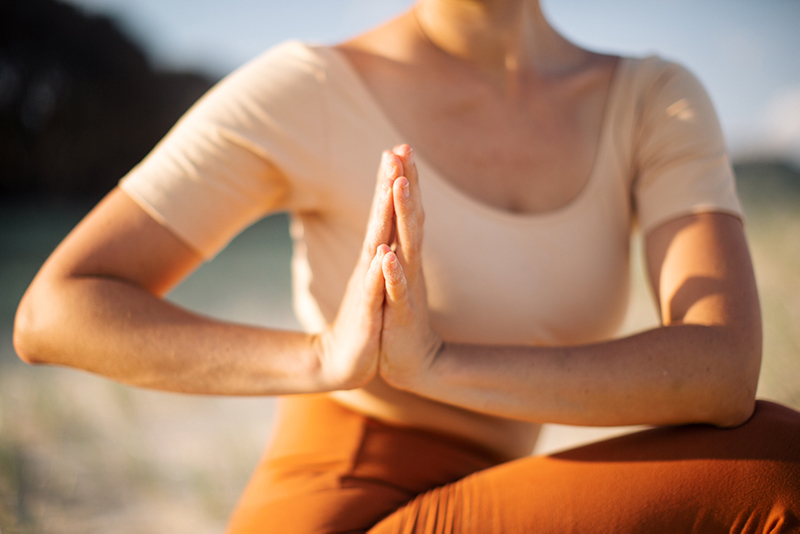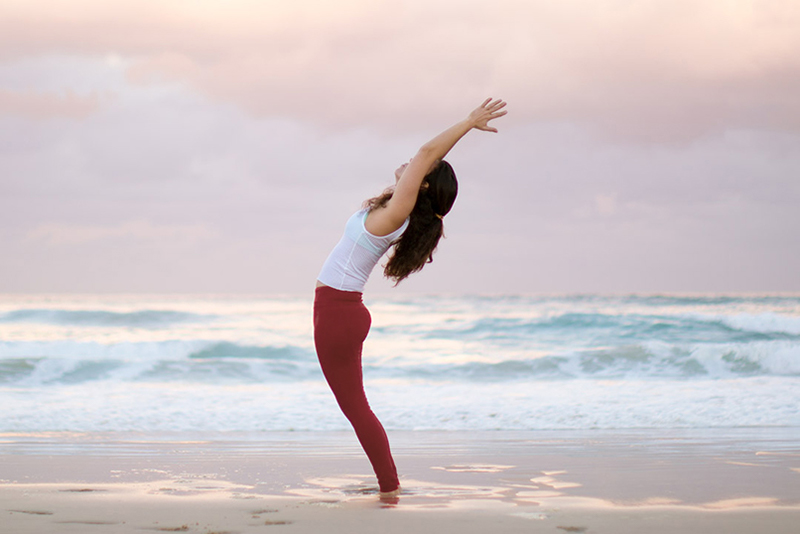originally published on Healthline.com Get your yoga start with Tiffany Cruikshank, founder of Yoga Medicine Known as a teacher’s teacher, international yogi, author, and health and wellness expert Tiffany Cruikshank founded Yoga Medicine as a platform to connect people and doctors with experienced yoga teachers. Yoga Medicine’s ever-expanding community of teachers are trained to understand body anatomy, biomechanics, physiology, and the traditional practice of yoga. And with this fortitude of knowledge, they’re able to create individualized, effective yoga programs for each student. Ready to channel your inner yogi? Get your start with this comprehensive guide, crafted by Tiffany and her team of accomplished Yoga Medicine teachers, trainers, and contributors. The history of yoga and how it developed into the practice you know today By Dana Diament, a Yoga Medicine instructor based in Byron Bay, Australia. You can follow her journey at danadiament.com. Ask any yoga practitioner to define yoga, and you’re likely to get a myriad of answers. For some, it’s a way to feel good in their bodies. For others, it’s a spiritual practice, and for many, a way of life. But regardless of your approach, yoga can help reshape and unravel your habitual or unconscious patterns. Practicing yoga helps provide a foundation and tools to
For many of us, the day doesn’t seem to stop until the minute our head hits the pillow at night. In that precious moment, we think our refuge has finally arrived but we close our eyes and sleep couldn’t seem farther away. Our mind won’t stop chattering. The aches in our body feel more vivid than ever. We start to wonder just how long it will take to fall asleep or whether we’ll get a good night’s sleep at all. This common scenario is a symptom of our body stuck in the sympathetic nervous system, our fight or flight mode. We need this part of our nervous system as it gives us the adrenaline we need to survive in the world – which these days is more about waiting in lines, dealing with traffic, meeting deadlines, paying our bills, getting the children to school than fighting off an attack from a tiger. However, when it comes to falling asleep, we need our body to switch to our parasympathetic nervous system, our rest and repair mode. In an ideal scenario, our bodies can easily switch back and forth between the two modes, the way we can flick a light on and off. Because
Maybe this year your New Year’s resolution focused more on the mind and soul than on hitting the gym. Maybe your goal is to become more connected with yourself, rather than connected to your cell phone. Or maybe it is to be more mindful and experience each and every moment to the fullest. If that sounds like you, then you probably also noticed that it’s much, much easier said than done. Being mindful and achieving self-awareness and an inner calmness can be one of the most challenging things we work on, especially with so much going on around us. Two Yoga Medicine instructors were able to weigh in on this subject for us to help guide us down our own personal paths of enlightenment. Yoga Medicine instructor Dana Diament says mindfulness is the practice of noticing your thoughts or sensations in any given moment. “Because it can be done anywhere and at any time of day, simple mindfulness practices can be incorporated into your everyday life in just a few minutes,” she said. Yoga Medicine instructor Kaitlyn Hochart says you should start small when it comes to finding your meditation practice, and make sure to head outside. Dana’s tips: How to practice mindfulness Tip #1 Notice your
Below is a recap I wrote in 2015 after attending and assisting a Yoga Medicine 50hr advanced teacher training module on the Spine in Napa, California. A healthy spine plays a crucial role in our body’s ability to move efficiently as well as protect and house our spinal cord. Dysfunction or injuries to our spine has implications on both our mobility and our nervous system, and therefore even small changes have the potential to make a big impact to alleviating pain these injuries and dysfunctions can cause. Because of its direct connection to the nervous system, when working with spinal dysfunction, a great place to start is with the breath. This can be especially helpful when you don’t have a diagnosis or you don’t know what to do with a client. The breath is a powerful tool to feed and nourish our parasympathetic nervous system, the rest and digest system responsible for healing and repairing the body. In Napa, I personally noticed how the extra pranayama that week improved my back and hip pain. Tensegrity Before diving into spine dysfunction and application, let’s understand the concept of tensegrity. Think of a trampoline. If you were to cut one of the springs, all of the




